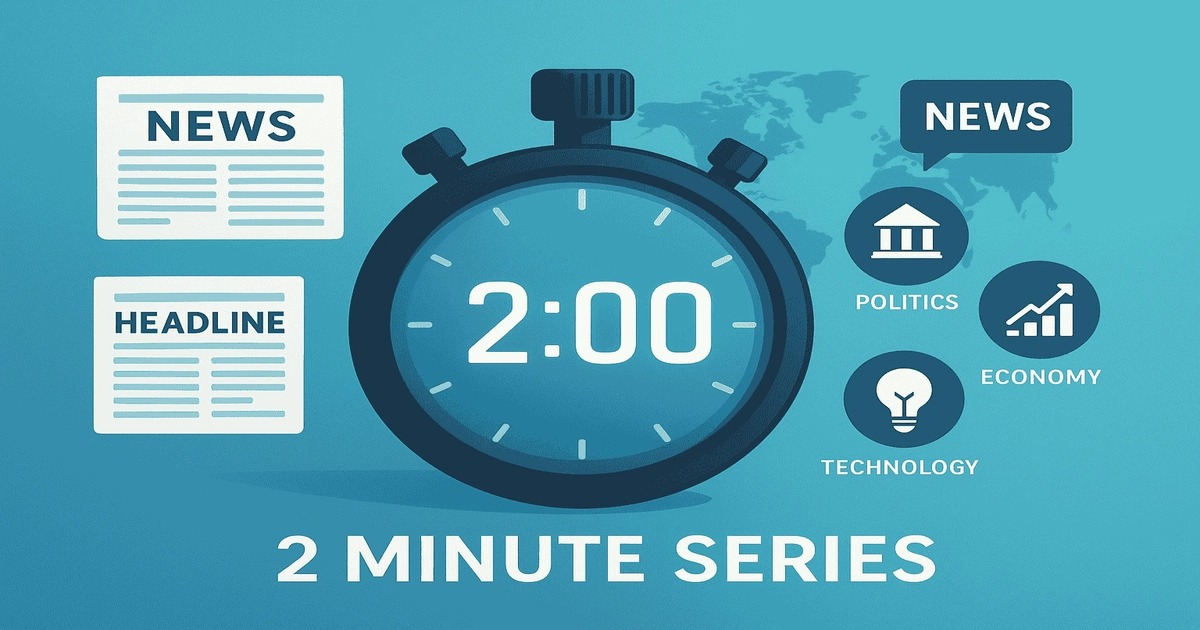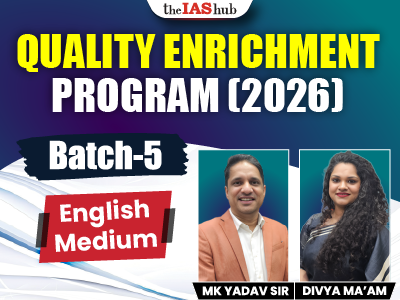

1.President's Rule: Manipur CM recently resigned, and asked the Governor to dissolve assembly. He is likely to submit a report to the Centre, possibly President’s Rule could be imposed.
oIt allows the central government to take direct control of state governance.
oIt is one of the three types of emergencies (National, State & Financial Emergency) under the Indian Constitution.
oInvoked due to political instability, law & order breakdown, or a hung assembly.
oArticle 355: Centre ensures that the government of every state is carried on in accordance with the provisions of the Constitution.
oArticle 356: President can take over a state's functions if its government fails constitutionally.
oArticle 357: Exercise of legislative powers under proclamation issued under Article 356.
oArticle 365: If a state fails to follow the Centre’s directions, the President can assume control.
oApproval by Parliament: Must be sanctioned by both Houses within two months. When Parliament is not in session - proclamation survives until 30 days from the first sitting of the Lok Sabha, provided RS has approved it.
oValidity: Initially for six months, extendable up to 3 years (max) with approval every six months. President can revoke at any time without parliamentary approval.
oS.R. Bommai Case (1994): President’s Rule is subject to judicial review.
oSarkaria Commission: Article 356 should be used only as a last resort.
oPunchhi Commission: Emergency should be localized, affecting only specific districts, not the entire state.


Refine your answer writing skills and elevate your UPSC preparation with personalized support and expert feedback.
Fill out the form to get started with the program or any other enquiries !








Are you dreaming of becoming an IAS officer? Then, IAShub can be your best guide. It is one of the Best IAS Coaching in Delhi. Many students who want to clear the UPSC exam join IAShub for learning. The institute gives both online and offline classes. Their teachers are experienced and helpful. They easily explain every topic. Students also get notes, tests, and tips to do well in the exam.
IAShub is in Delhi and is trusted by many UPSC students. It offers coaching for every part of the UPSC exam – Prelims, Mains, and Interview. The classes are simple and easy to understand. The teachers are experts and guide students in the right way. IAShub is also known for its helpful notes, test series, and answer-writing practice. IAShub is the best coaching in Delhi and also gives UPSC Online Classes. This helps students from any place in India to learn. The online classes are live and also recorded. So, students can watch them anytime. These classes cover the full UPSC syllabus.
Here are some important services provided by IAShub:
The UPSC Civil Services Exam has three parts:
This exam is tough, but with the right guidance, it becomes easy to manage. Students must study smart and stay regular.
IAShub supports students from the beginning to the end. It gives the right books, tests, and notes. The classes are easy to follow, and the teachers are always ready to help. Students get personal doubt sessions too. The test series and answer checking help students learn where they need to do better. Also, free study materials save time and money.
IAShub also guides students during the final stage – the interview. Experts take mock interviews and give useful tips. This full support makes IAShub one of the best IAS coaching in Delhi.